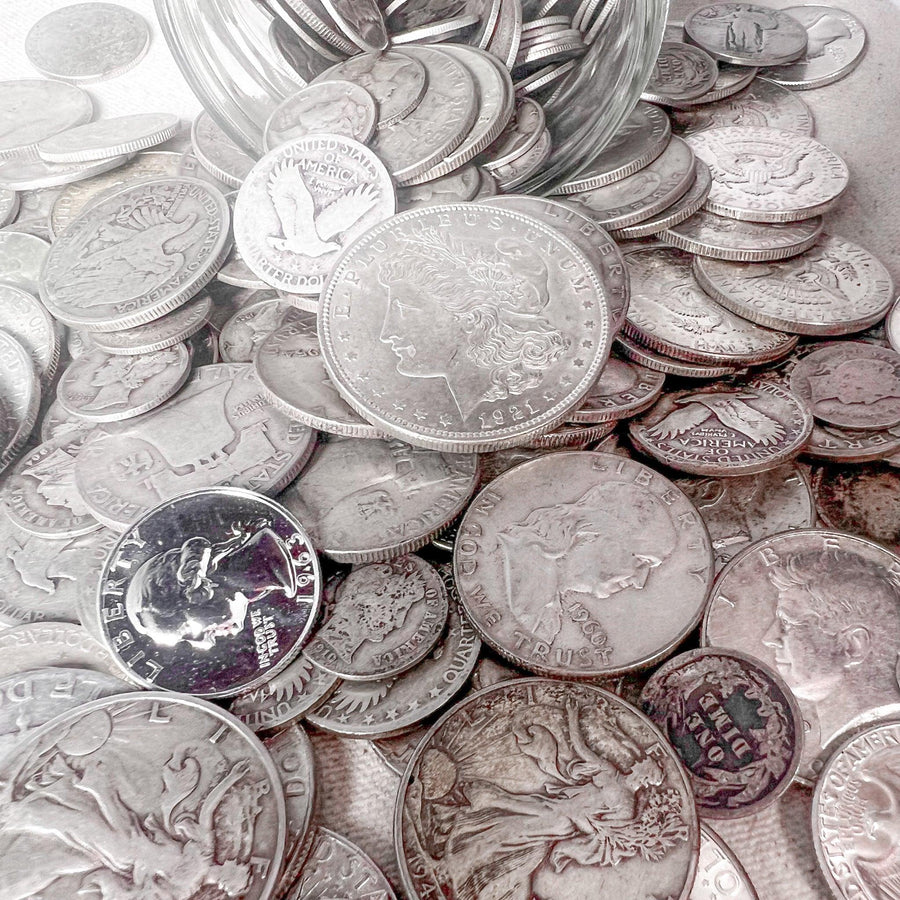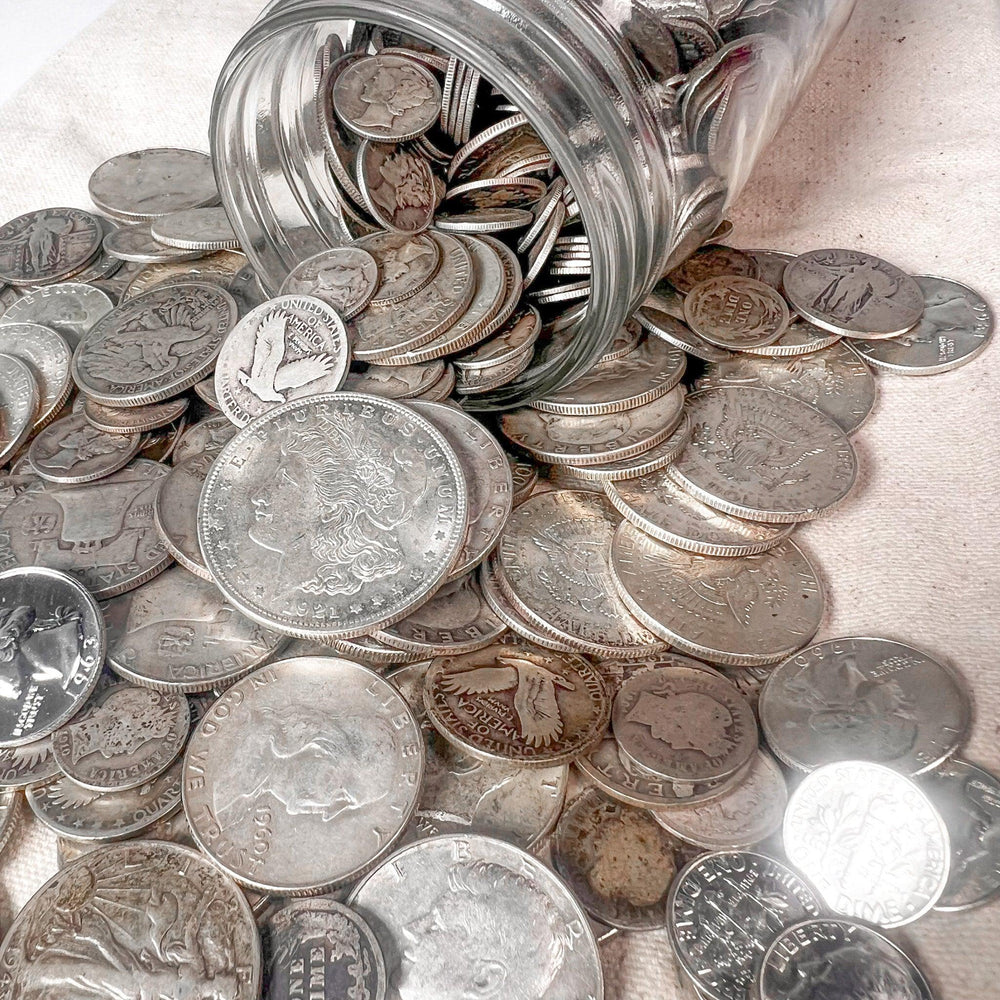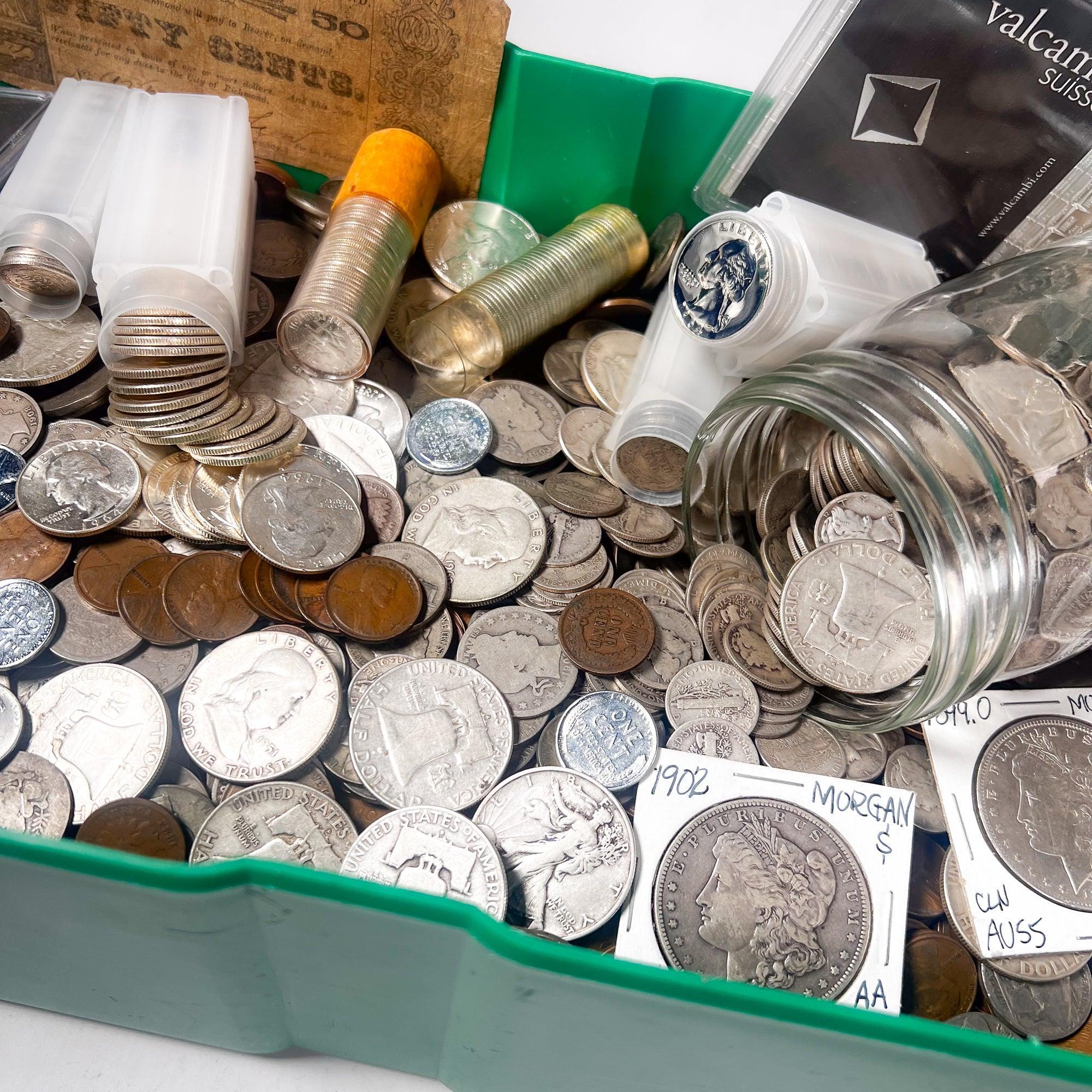Bullion Premiums Debunked (Cost Over Spot)
What precisely constitutes a "premium" in the bullion market?
The additional fees for purchasing actual precious metals like gold, silver, and platinum are known as "bullion premiums." The metal's spot price, which represents its current market worth, is increased by these premiums. The spot price is influenced by a number of variables, including as supply and demand, mining costs, and geopolitical events.
A percentage of the spot price is frequently used to determine premiums on gold. One ounce of gold will cost you $1,260 to purchase if the spot price is $1,200 per ounce and the bullion premium is 5% ($1,200 + ($1,200 x 5%)).
What impact does the size or nature of the precious metal have on premiums?
The type and purity of the metal, the size and weight of the coin or bar, as well as the reputation and dependability of the dealer, can all affect the premium amount. The premiums on larger coins and bars are often lower than those on smaller ones, and government mint coins have lower premiums than privately produced coins.
Another significant element that might affect the bullion premium is the demand for the metal. When there is a significant demand for the metal, such as during times of economic or political unrest, dealers may charge a larger premium to cover their costs and turn a profit.
Overall, the following factors can have an impact on bullion premiums:
- An item's popularity
- A product's demand
- An item's scarcity
- Market conditions
- Where you buy the item
As a result, if acquiring as many ounces as possible is your goal, sticking to low-premium items makes sense. Low-cost items frequently include:
- Rounds with generic names
- Bars with generic names
- "Junk" Silver coins or Constitutional Silver (90, 40%, or 35% silver US coins)
However, if you prefer well-known coins, such as American Silver Eagles, it is worthwhile to pay a premium.
Remember that when you sell, you will be able to recoup some, but not all, of the premium. If you pay a $5 premium to buy, you might get a $2-3 premium over spot when you sell. The difference in prices between buying and selling covers the dealer's profit margin.
When investing, keep premiums in mind.
Buyers should be aware that bullion premiums are an unavoidable cost of purchasing physical precious metals, and that these premiums can vary significantly between dealers. As a result, buyers should shop around and compare prices from multiple dealers before making a purchase.
The Bottom Line
A bullion premium is a cost that is added to the purchase of physical precious metals. It is typically calculated as a percentage of the spot price and varies depending on the type, purity, size, weight, dealer reputation, and demand of the metal. Shopping around and comparing prices from various dealers is always a good idea. If you're ready to check out some silver, browse our lower premium silver here, and reach out to us any time if you have investing questions.












